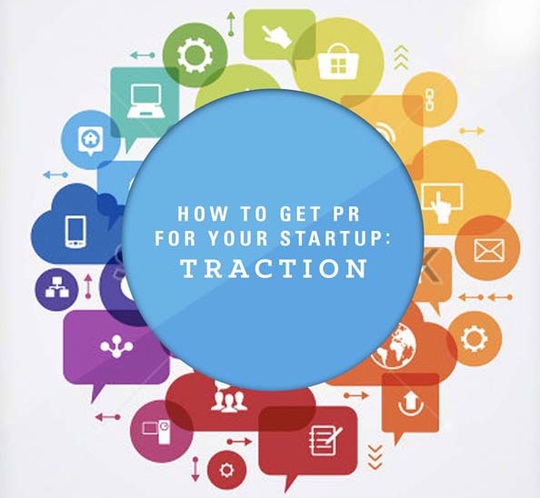5 PR Tips For Startups And Growing Brands Leveraging Social Media For Growth
Social media transformed classic PR and is offering startups and growing brands endless new possibilities to drive traffic to their digital and physical storefronts. It sounds like the best of all worlds; blending new media with old media, right? Any startup has the ability to set up a Twitter account or Facebook page, yet you still must follow traditional public relations rules on these channels.
Issues may come up as businesses rely too heavily on social media at the expense of proven public relations strategies. All too often, we have seen first-hand during the dawn of social media the horrific (and hilarious) errors which were made as clients jumped in too fast.
Murray Newlands, along with Drew Hendricks, has authored a new book, How to get PR for your Startup: Traction which includes 5 guidelines for avoiding typical pitfalls.
1. Build up personal relationships. Absolutely, it is vital to follow journalists on Twitter to keep updated on their work. However, "follows" on social media do not necessarily produce press coverage. One-on-one relationships with the media still bring the ideal results.
If you are prepared to go to a trade show (or a digital media panel), inquire of the event organizers if they possess a list of attending media, and reach out to the suitable bloggers and journalists with a thoughtful e-mail that requests a meeting.
Follow the exact same approach with business press in your area. You will be surprised with the results. Media almost always pay more attention to the leaders and businesses they have met. The perfect time to reach out is on Friday. The worst time is the afternoon, as traditional media are on a deadline.
2. You should always 'sell' to the media's hot buttons. Journalists possess designated "beats." In public relations, it is your responsibility to know these subjects and cater to exact coverage needs.
Keep in mind: The blogger's or journalist's main objective includes creating content which attracts the most eyes, delivers on the most plaudits and excitement, and therefore advances his/her career. All approaches made to this "customer" ought to be driven by the motive, "How may I assist the journalist in reaching his/her goal?"
3. Make all contacts worthwhile. Company feeds on Twitter which jumble together blog links and job openings are a waste of time for media. And worse yet, the practice of utilizing Twitter to pitch a story en mass to the world.
These types of tweets receive the same welcoming as spam does. If you desire media attention, make every contact golden. Journalists' favorite words include "advance" and "exclusive." If you approach journalists with a story that's theirs alone, in many cases, they will love it.
An advance exclusive almost never fails to win the reporter's instant attention and long-range appreciation. Just be certain to specify that your story you are advancing is embargoed from additional press outlets until the announcement's time and date.
4. Make videos, not "hideos." In the age of YouTube, video has become an increasingly powerful and popular medium for distributing business information and news. However, before you jump in the director's chair, bear in mind that there is a reason why Ben Affleck, Steven Spielberg, and Angelina Jolie make the big bucks: They all know how to script, act, produce, and direct films commanding an audience's attention.
In contrast, many company forays behind a camera result in a "hideo" -- talking heads that are interspersed with PowerPoint slides. If you are intent on making a video, go for it! However, employ an expert videographer. These professionals may develop eye-popping video at competitive costs and quickly.
5. You should never make social media a crisis response bureau. Occasionally, bad things occur to reputable businesses. Sites crash. C-level execs are indicted. Centers flood or burn down. As crises arise, you require a public relations response staff in place to take control and directly handle media, offering up-to-the-minute support reassuring customers and the public.
A handful of the worst crisis public relations in recent years happened as businesses defaulted to Twitter to deal with press inquiries. Media exploded and wrote about their irritation in attempting to locate a live person to answer questions. Annoyed customers utilized organizations' own tweets against them -- and retweeted the posts with added "boos."
Utilized as a portion of an integrated approach to communications, channels such as Pinterest, YouTube, Facebook, and Twitter, may amplify the impact of public relations to build a brand, develop a loyal follower community, as well as attract interested press members.


